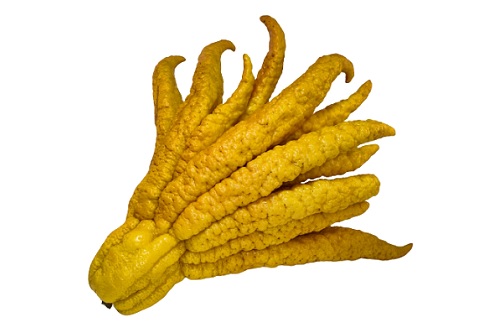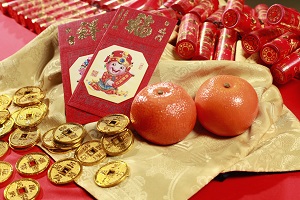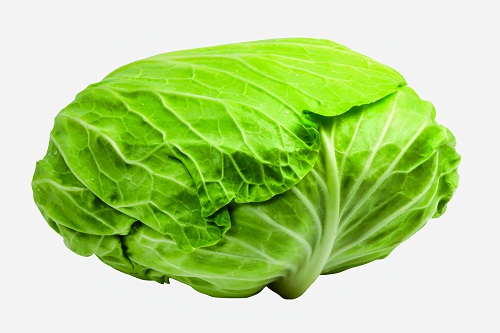Like grapes and longan, lychee is a fruit that comes in a bunch.
It’s sweet pulp is white in color with a hint of translucence. The general size of each fruit is slightly but noticeably larger than longan.
But there is little chance of confusing between the two when their shells are intact because lychee, or lichee, has a red shell with a leathery texture.

The season when the lychee tree is harvested for it’s fruits is typically summer.
The Chinese name for lychee is li zhi (蒸枝).
Like longans and grapes, the lychee fruit is generally a symbol of fertility luck. This is most often depicted when a pair of the fruit is illustrated in art.
A common painting arrangement found in offices is a lychee tree with 100 fruits. The meaning behind this design is linked to profits from proper business operations.
With longans and walnuts, it serves as a representation of of the passing of state examinations.
In traditional practice, lychee and date fruit could sometimes be placed on the bed of newlyweds to call on the luck of quick offspring.
The trio of lychee, plum and finger lemon was a combination that carries the same meaning as the 3 abundances of life.
Partnered with persimmons, it signifies profits from business dealings.
With water chestnuts, it conveys the attribute of savvyness and shrewdness.
Perhaps the lychee fruit is best known in folklore as the favorite snack of the infamous concubine Yang Gui Fei (楊贵妃) during the Tang dynasty.















